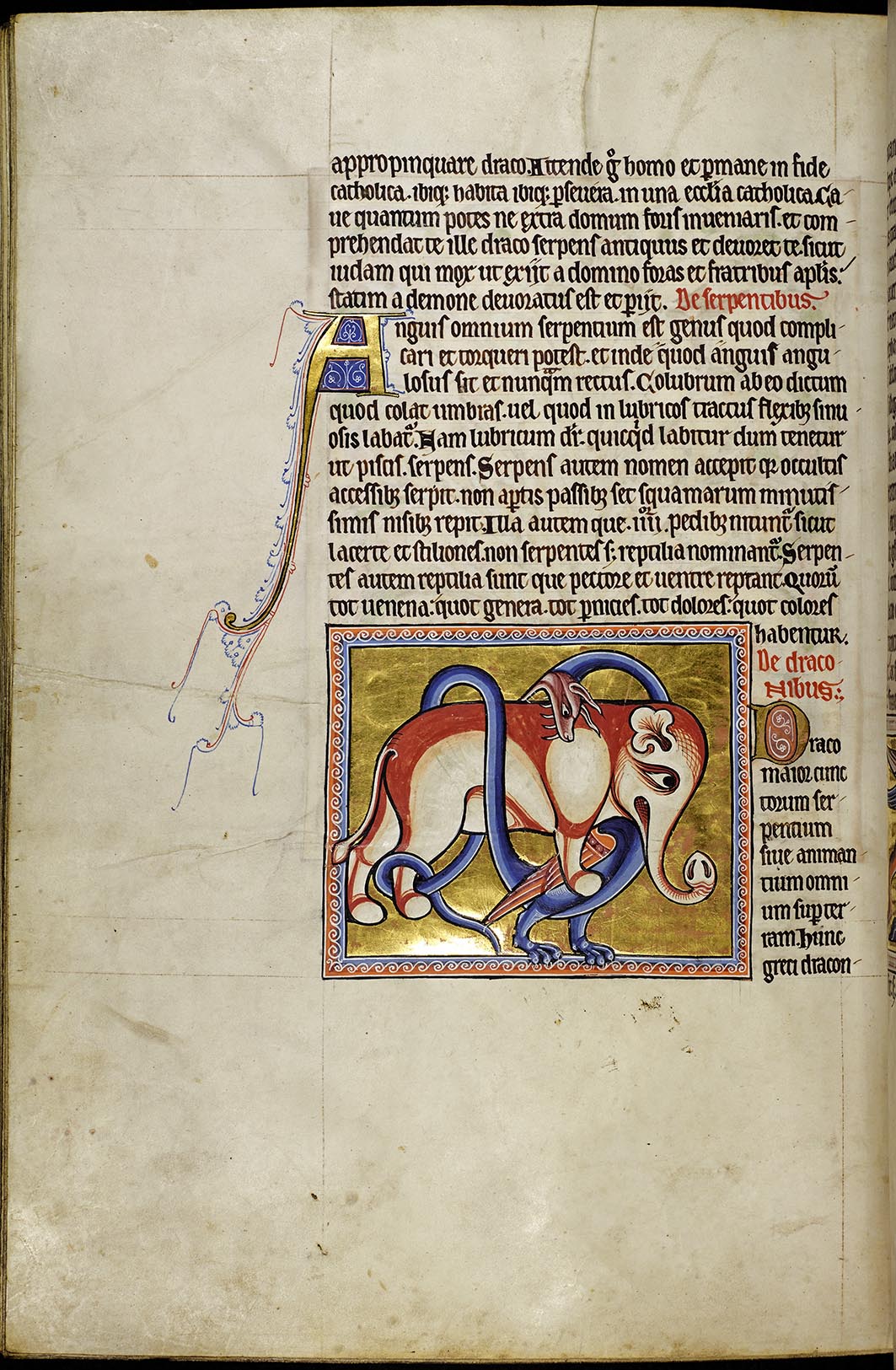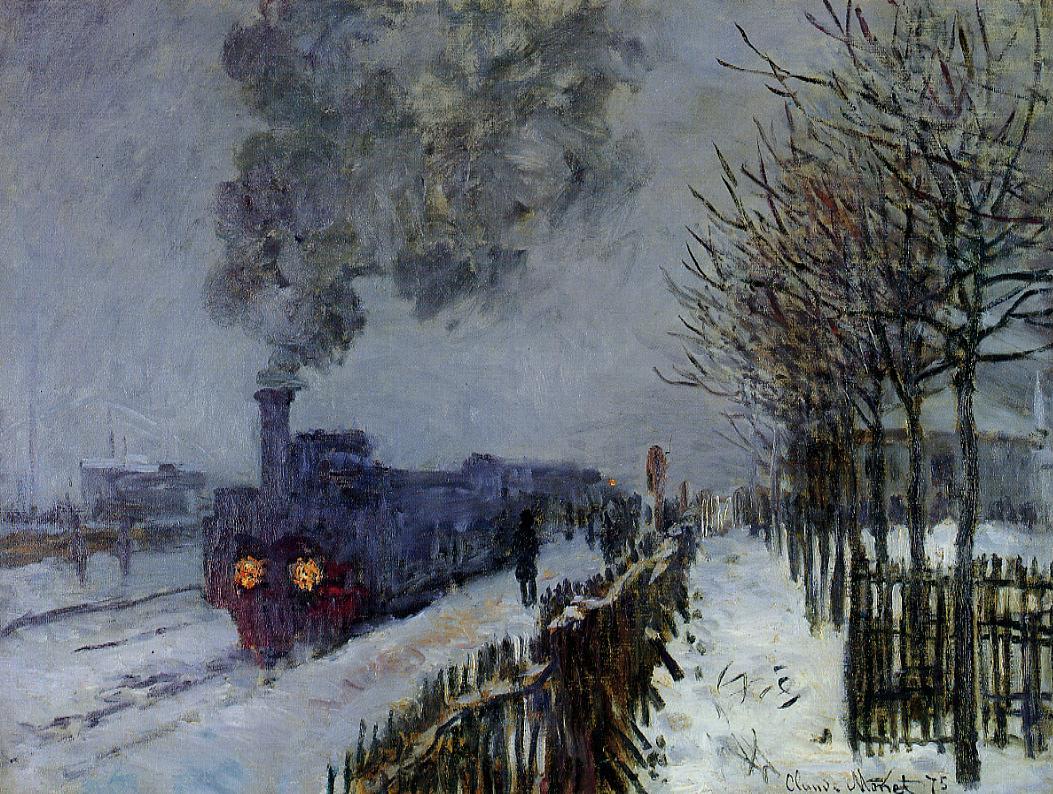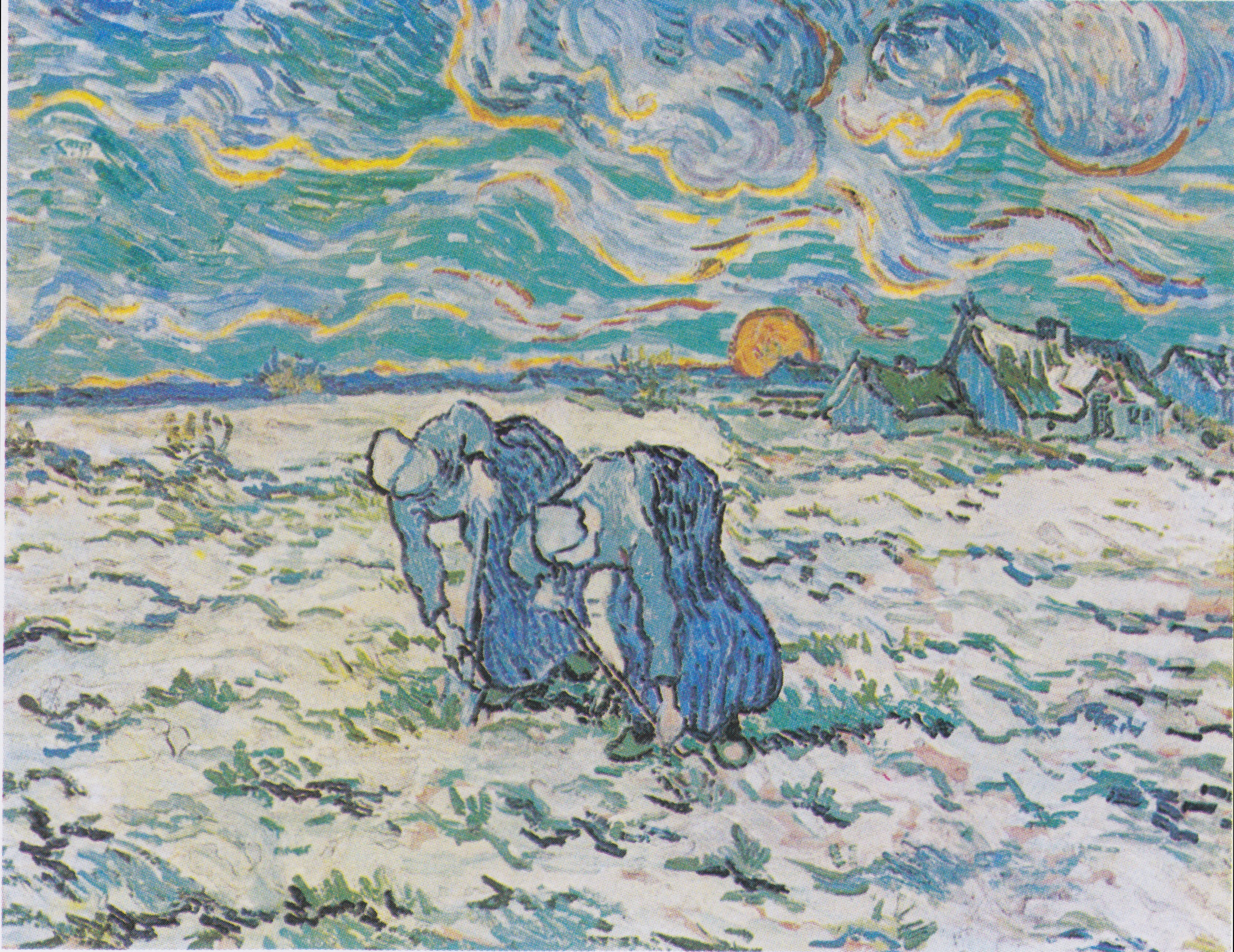 |
| Battle of the Armada |
The defeat of the enormous and well-trained Spanish Armada fleet by the smaller English fleet in the English Channel during the summer of 1588 is probably one of the most famous naval battles in history, along with Salamis, Lepanto and Trafalgar, not least because the outcome hung in the balance until a strong southwest wind drove the Spanish ships into the North Sea.
As the English said afterwards, in thankfulness mixed with perhaps a touch of complacency, ‘God blew his winds and they were scattered’.
However, events before and after the great battle, which culminated off Gravelines, are rather less well known. Elsewhere in this blog I have written about the retaliatory expedition by England against Spain
Leading the Spanish army in their north European territories was the Duke of Parma, a skilled and experienced commander, the greatest general of his day, who totally outclassed Leicester . In battle after battle, the combined English and Dutch forces were defeated or just managed to hold back the Spanish. In one, the battle of Zutphen in 1586, Leicester ’s nephew, the gifted and much-loved Sir Philip Sidney, was fatally wounded, dying on 17 October, not quite 32 years old.
Leicester remained in the Low Countries , although relations with the Dutch leaders were becoming strained. His original principal ally, William of Orange, charismatic leader of the United Dutch, had been assassinated by a Spaniard in 1584, and Leicester himself may have begun to suffer from ill health. (He was to die in 1588, shortly after the defeat of the Armada.) His position was further undermined in late 1586 by Elizabeth
Matters came to a head at the siege of Sluys. This vital deep-water port on the Channel was in the hands of the United Provinces, but was eyed greedily by the Duke of Parma, who laid siege to it on 12 June, 1587. King Philip of Spain had long been planning a combined naval and land-force invasion of England port of Sluys
The garrison at Sluys was provided by an English regiment, commanded by Sir Roger Williams, together with Dutch allies. Williams was a Welshman, an experienced soldier (later to write a book on military theory) and a determined Protestant. Leicester himself valued him highly. Williams and his soldiers made a courageous stand against Parma
Thanks partly to poor communications between the Spanish invading navy and the Spanish army stationed in the Low Countries, Philip of Spain’s intended two-pronged attack on England Spain , was for his navy to cripple the English fleet, then convey his army across the Channel in barges to carry out a land invasion, marching north from the south coast to seize London
The Spanish Armada was defeated, its ships scattered, the Spanish army still confined to the Low Countries . England London
But that was not quite the end of the story.
The English fleet returned, bearing the heroes, the soldiers and sailors, who had saved England
The men remained on the ships, many of them tied up at Deptford, and they began to fall ill. And then to die. Men who seemed healthy enough one day would not rise the following morning, having died inexplicably in the night. Others would collapse suddenly and without warning. Some terrible disease was rife amongst the men, and in panic the authorities refused to allow them to land. It is now believed to have been both typhus and ‘the bloody flux’ (dysentery). This may have saved civilian lives, but it meant that the very men who had fought and saved the country were left to starve and die of disease. In their droves. This was the discreditable end to the Armada story.
Sadly, it was not unique.
Ann Swinfen
http://www.annswinfen.com

































































.jpg)




























